
Peritoneal dialysis (also known as PD) is a home treatment recommended for patients suffering from end stage kidney disease. Although peritoneal dialysis saves patient’s life, it, similarly to hemodialysis, may cause certain side effects. The severity of these side effects mainly depends on the following of doctor’s recommendation about food and drinks, but also on the medical condition of every patient.
As already stated there are several fluid and dietary restrictions dialysis patients should follow. This way, many of adverse effects of PD can be properly managed.
Infections in PD Patients
Every type of peritoneal dialysis requires a catheter. This is a small, soft, rubber tube, looking like a straw used to allow dialysis solution to go in and outside of the body. Patients must be very careful during PD, because some of the bacteria from the outside could penetrate into the body and cause infections. Exchange should be done in a sterile environment, by using a clean catheter with washed hands or sterile gloves. Doctors may also recommend using an antibiotic product at the insertion site of the catheter.
Frequency of dialysis increases the chance to get some infections, such as peritonitis (infection of the peritoneum, the site where catheter enters the abdomen). Peritonitis is the most common problem for PD patients and it may cause nausea, vomiting, abdominal pain or fever, as well as clouding of the dialysis solution. This condition is usually treated with antibiotics which stop spread of the infection to other parts of the body.
Another common problem is inflammation and infection of the skin around the catheter insertion site. This problem should be reported to doctors, especially if the skin is red or swollen. Hernias in PD PatientsYet another problem of PD may be a hernia. Insertion of the catheter several times per day may weaken the abdominal muscles which normally protect internal organs. These weakened muscles can also be pushed further away with the dialysis solution, leading to a tear of the muscles and resulting in emerging of organs through the insertion site.
A hernia can be repaired by some surgical procedure, but patients who have already had this problem are recommended to avoid performing dialysis by themselves. Any activities that could weaken their abdominal muscles are also to be avoided.
Different Food Problems in PD Patients
People on peritoneal dialysis may not want to eat because of the discomfort and fullness they experience after the procedure. This may cause malnutrition and patients are, therefore, advised to eat plenty of food rich in proteins and minerals.
Besides lack of appetite, PD patients may also experience bloating and weight gain. Probable explanation is the amount of dialysis solution and excess of fluid accumulated in the abdominal cavity. This problem is usually resolved with drainage of the dialysis solution.
Weight gain may be a result of the sugar in the dialysis solution, absorbed by the body. Renal dietitian and nurses can balance the mentioned nutritional problems.



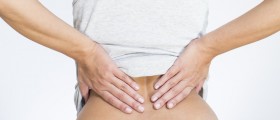
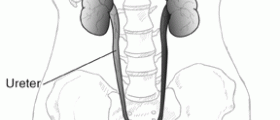
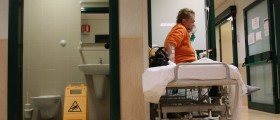
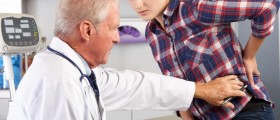
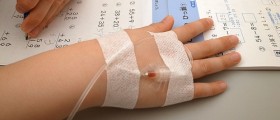
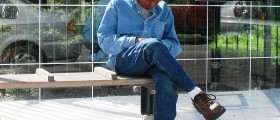
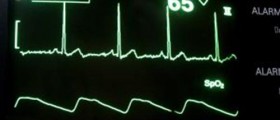
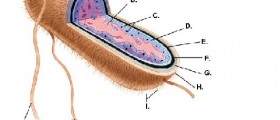
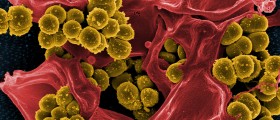
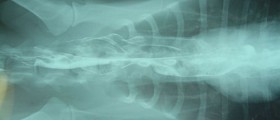

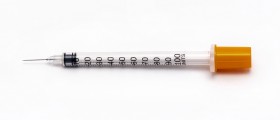

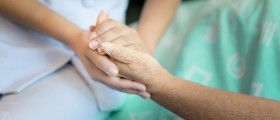
Your thoughts on this
Loading...